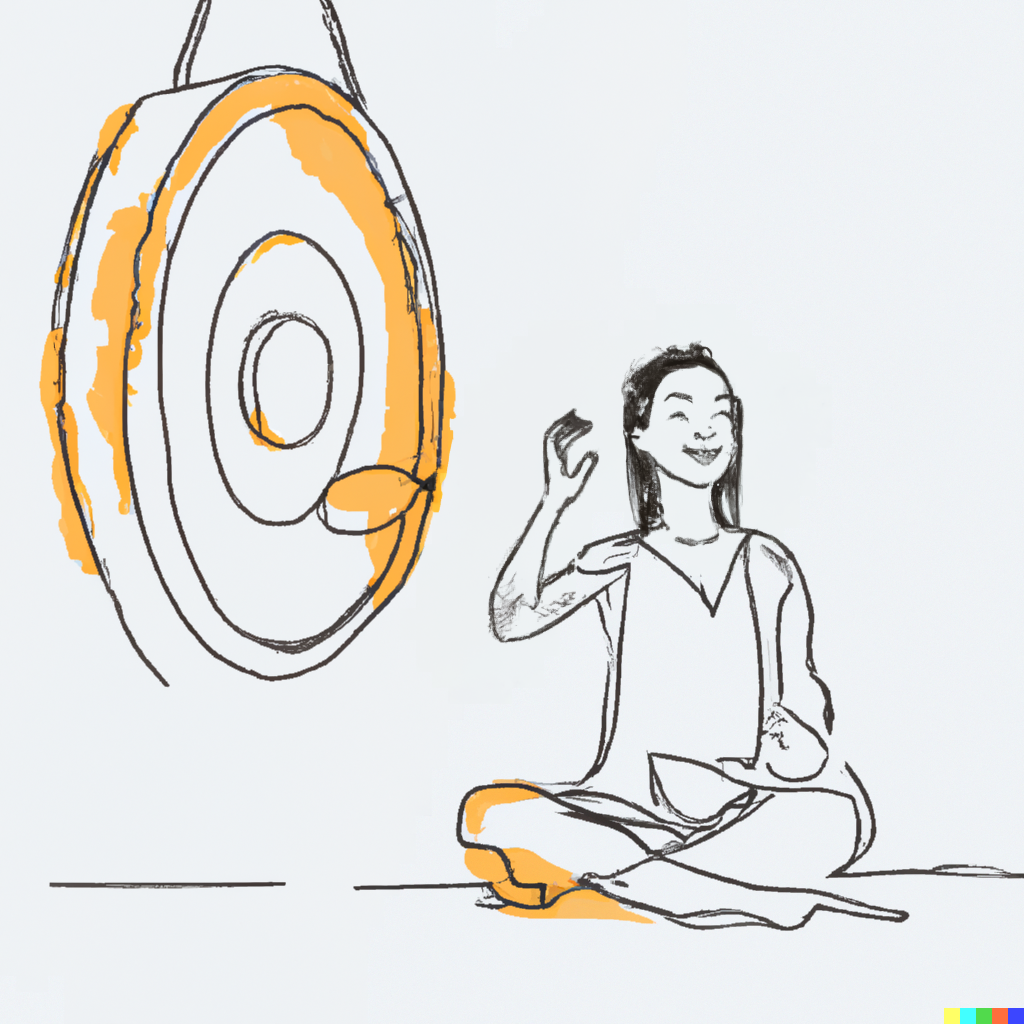The 5 Listening's
The 5 Listening’s
The 5 Listening’s is a simple method that emphasises the importance of set, setting and safety for the client and practitioner to be able to ‘drop in’, harmonise and find trust in their environment before and during sound sessions and ceremonial endeavours.
1. Listen to the space:
This means being aware of the ambient sounds and environment around you, and how they may affect the sound therapy session. This could include natural sounds such as birds or insects, or man-made sounds like cars passing. It also includes being aware of how to deal with outside noise and incorporating it into the session, for example by turning it into a meditative sound like the sound of "om” or simply acknowledging distractions in the beginning of the session can greatly reduce the disturbance.
2. Listen to yourself:
This means being aware of your own physical, emotional, mental, and spiritual state and how it may affect the session. Learn to discern with your boundaries and the ability to put your own ideas or “leave your own ‘stuff’ at the door” so you can show up in a professional manner for the client. Avoid talking about yourself or showing off what you can do and instead place your attention on the client and their needs.
It also involves the way you prepare yourself. Taking time, not rushing, and practicing mindfulness and presence. Remember here the tactical concept the 5 P's (Prior preparation prevents poor performance), and being mindful of your posture in the space, and taking care of your physical health to prevent injury.
3. Listen to the client:
This means creating a connection with the client and demonstrating care and curiosity. It includes using a check-in to understand the client's physical, emotional, mental, and spiritual state and asking them to set an intention for the session. It also involves following the client's sensation and energetics to find the entrance and avoiding going into story.
4. Listen to the instrument:
This means being mindful of the instruments you use, knowing which key you are playing in and which instruments play well together. It also includes being mindful of transitions and the way in which you play the instruments, picking up and putting down with patience and awareness.
5. Listen to the silence:
This means allowing space for silence to be felt and present; to emit from and unto the silence as the canvas of your sonic painting. It encourages practitioners to observe subtlety and avoid the noisy and cacophonous, recognising that all sound comes from silence and that you do not have to be loud to be affective or build intensity.
“Speak only if it improves upon the silence”
—Mahatma Ghandi
In conclusion, the 5 Listenings method is a powerful tool for sound practitioners to remember and create a safe and harmonious environment for their clients. The original 5 listenings were simply: Listen, listen, listen, listen, listen! So, if you forget any of the above just remember to attune yourself through your listening. To pay attention to what is at hand and you will be encouraging meditation, contemplation, healing and harmony.

